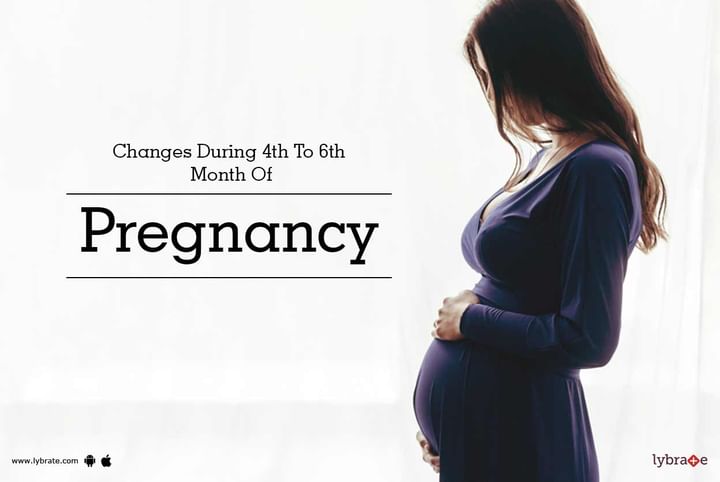Changes During 4th To 6th Month Of Pregnancy
The second trimester (starting from the 4th and lasting through the 6th month) of pregnancy is considered to be the easiest for a woman. During this time, your energy is at its peak and instances of fatigue and morning sickness are less severe. Your baby, on the other hand, continues to develop inside your womb.
In addition to these, you can expect big changes within your body during the second trimester, which include:
1. Backaches: The additional weight that you gain during these past few months begins to bear down on your back, making it achy and tired. For relief from pressure, there are certain things that you can do such as using a chair that offers strong support to your back; sleeping on the side with a pillow placed in between your legs and wearing shoes that come with solid arch support.
2. Bleeding gums: Hormonal changes occurring during this period bring about a greater flow of blood to the gums, making them extremely sensitive and prone to bleeding. The gums don’t remain tender for long and return to their normal form after delivery. But during these three months, make sure to use toothbrushes with softer bristles and being gentle when flossing.
3. Congestion and bleeding of the nose: In addition to making your gums tenderer, hormonal changes also bring about the swelling of mucous membranes that line your nose. These changes can lead you to have a stuffy nose as well as may even cause your nose to bleed very easily. To clear any nasal congestion that may occur during this period, you should use natural methods or saline drops obtained from a chemist.
4. Hair growth: Pregnancy also sees your hair growing rapidly due to the action of the hormones on the hair follicles. Additionally, you also experience hair growth in places where hair is sparse. To remove unwanted hair, you should stick to tweezing or shaving, waxing and the use of depilatories aren’t recommended by medical experts as they aren’t considered safe for the baby.
5. White vaginal discharge: White vaginal discharge during this time is very common. The discharge ensures that harmful yeast or bacteria don’t breed in your private areas. But if the discharge takes on a foul smell and a green or yellow colour, you should immediately consult a gynaecologist as you may be down with a vaginal infection.
6. Leg cramps: A very common occurrence during the second trimester, leg cramps usually last through the last leg of pregnancy, which is the third trimester as well. The reasons behind their occurrence may be hormonal, weight-related or deficiency of magnesium and calcium.



+1.svg)
